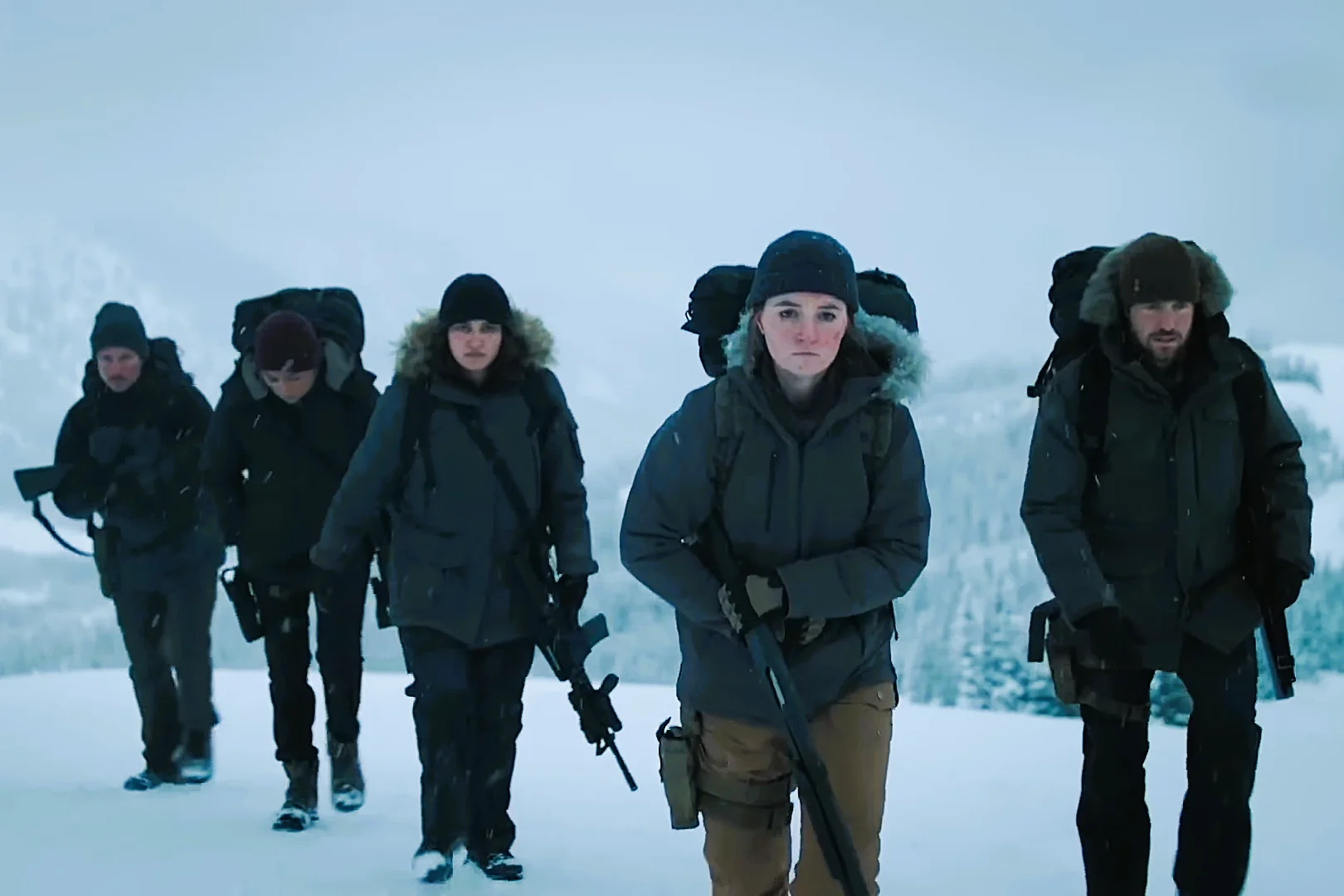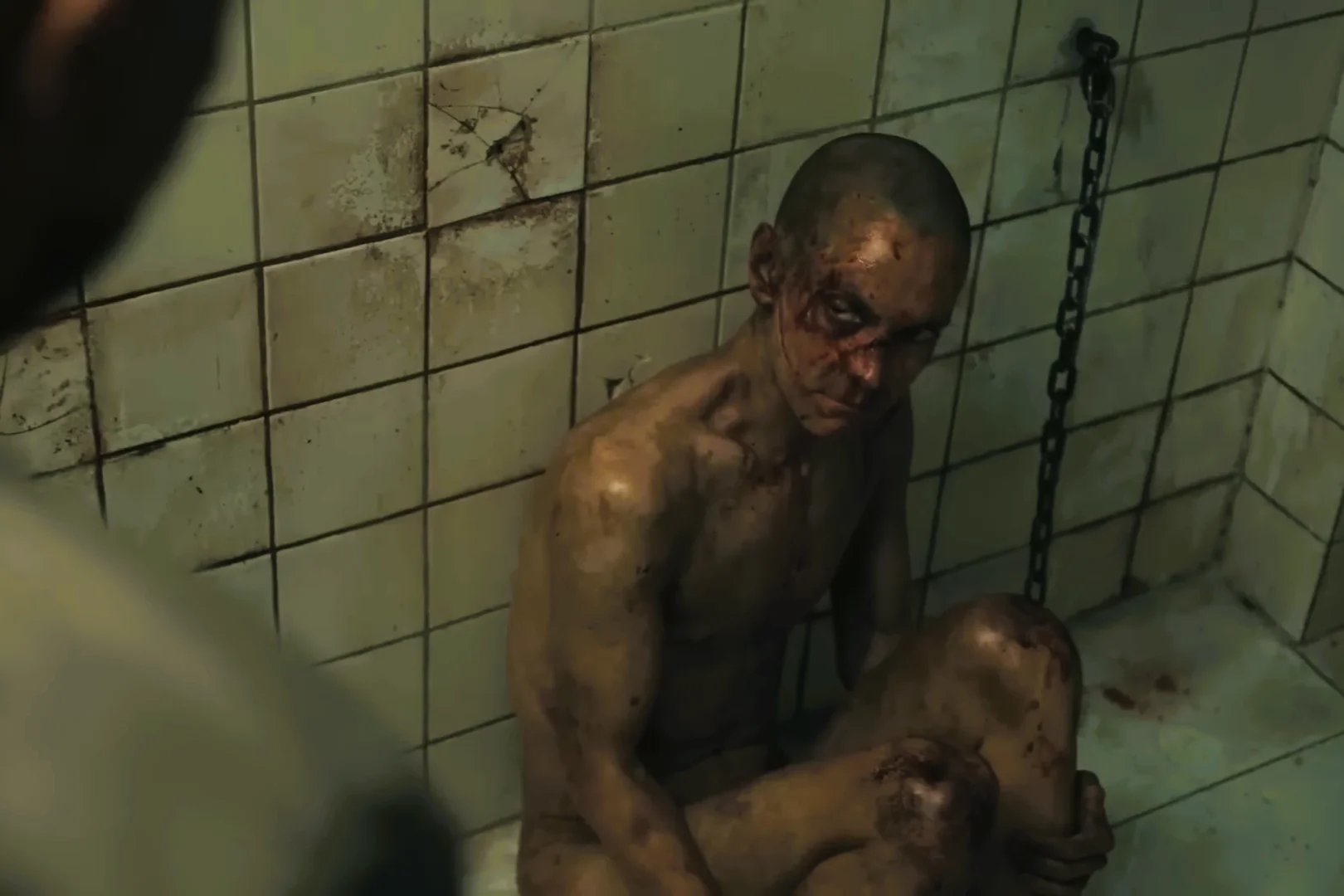Key Points:
-
FEDRA (Federal Disaster Response Agency) is a fictional post-apocalyptic government force in The Last of Us universe, controlling quarantine zones and enforcing harsh survival policies.
-
It plays a morally gray role, maintaining order while stripping freedoms, sparking rebellion from groups like the Fireflies and WLF.
-
FEDRA’s legacy shapes key characters—Joel, Ellie, and Abby—and sets the stage for major conflicts in The Last of Us Part II and Season 2 (releasing April 13, 2025, on HBO).
What Is FEDRA and How Did It Rise After the Pandemic?

FEDRA stands for Federal Disaster Response Agency, a fictional extension of the U.S. government in The Last of Us universe. Before the 2003 Cordyceps outbreak, it was a standard emergency response unit, handling floods, earthquakes, and other crises. Once the Cordyceps brain infection spiraled out of control—turning humans into infected monsters—FEDRA assumed full control over civil governance.
By the time society collapses, FEDRA evolves into a militarized regime, establishing Quarantine Zones (QZs) in major cities to contain outbreaks and safeguard remaining survivors. Backed by what’s left of the U.S. military, it shifts from relief to authoritarian rule, bombing infected areas, enforcing strict curfews, and executing those who disobey.
Its presence is especially dominant in Boston’s QZ, where the story of The Last of Us begins. There, daily life consists of rationing, hard labor, and constant surveillance. Though intended to provide safety, FEDRA’s methods often blur into oppression, driving the creation of rebel groups like the Fireflies.
READ MORE: Why Hannah Kills Kodi In Yellowjackets Season 3
How Does FEDRA Control Life in Quarantine Zones?

By 2023, when the main events of The Last of Us unfold, FEDRA runs surviving cities like fortified garrisons. Quarantine Zones, surrounded by concrete walls and barbed wire, are policed by armed soldiers enforcing:
-
Curfews and ID checks
-
Public executions for smuggling, defiance, or infection
-
Ration-based economies, with food, medicine, and supplies controlled tightly
-
Labor assignments for survival—sewer work, body disposal, and patrol support
Life inside these zones is bleak. For characters like Joel, the system provides just enough stability to survive, but not enough freedom to live fully. FEDRA’s authoritarian grip fosters a black market, smuggling operations, and growing dissent.
READ MORE: Pulse Netflix Cast Guide: Where You’ve Seen Them Before
Why Do Groups Like the Fireflies and WLF Rebel Against FEDRA?

FEDRA’s iron rule spurs resistance. The Fireflies, led by Marlene, believe in restoring democracy and finding a cure, not just survival. Their rally cry, “When you’re lost in the darkness, look for the light,” directly counters FEDRA’s fear-driven governance.
In The Last of Us Part II, resistance takes a new form through the Washington Liberation Front (WLF) in Seattle. After toppling FEDRA, WLF assumes control using FEDRA’s own abandoned tanks, guns, and infrastructure—demonstrating how one oppressive regime can evolve into another.
Rebellion against FEDRA is not just political—it’s deeply personal. Kathleen in Season 1 seeks revenge after FEDRA kills her brother. Abby in Part II becomes who she is due to the ripple effects of FEDRA’s legacy: her father’s work in a FEDRA-run hospital and its violent end.
READ MORE: Netflix’s Devil May Cry Full Soundtrack: Every Song Listed
How Does FEDRA Shape Key Characters in The Last of Us?

Joel: Hardened by FEDRA’s Brutality
In The Last of Us, Joel survives by playing FEDRA’s game—hauling bodies, smuggling drugs, and navigating curfews. But FEDRA’s early failures—especially in saving his daughter Sarah during the 2003 outbreak—scar him for life. His cynicism and distrust are rooted in decades under FEDRA rule.
Ellie: Raised by FEDRA, Fights Against It
Orphaned early, Ellie grows up in a FEDRA military school in Boston. Trained to obey, fight, and survive, her formative years are marked by discipline and propaganda. Her immunity makes her a direct threat to FEDRA’s policy of executing the infected, turning her journey with Joel into an act of rebellion.
Abby: FEDRA’s Collapse Leads to Her War
In Part II, Abby’s life is indirectly shaped by FEDRA’s downfall. Her father, a Firefly doctor, was stationed in a FEDRA facility. When Joel kills him to save Ellie, it sets off the chain reaction that defines Abby’s arc. Later, Abby joins the WLF—an organization built atop FEDRA’s ashes—continuing the cycle of violence.
READ MORE: Netflix’s Devil May Cry Villain Has a Surprising Stranger Things Link
What Is FEDRA’s Legacy in The Last of Us Season 2?

The Last of Us Season 2, premiering April 13, 2025, adapts Part II, moving away from QZ life. While Jackson, Wyoming, remains free of FEDRA influence, FEDRA’s presence echoes throughout:
-
Seattle’s WLF uses FEDRA’s old facilities and weapons.
-
Graffiti and ruins reflect public resentment and institutional decay.
-
Flashbacks to Ellie’s military school highlight her disillusionment.
-
Joel and Ellie’s past decisions—especially in the Salt Lake City hospital—are steeped in the consequences of FEDRA’s authority.
Even in absence, FEDRA casts a long shadow, influencing motivations, conflicts, and the post-FEDRA world order.
READ MORE: Who Is the Dream Warrior in House of David and Why It Matters
Why Does FEDRA Matter to The Last of Us Universe?

1. It Establishes the Post-Apocalyptic World
FEDRA sets the tone for survival. From crumbling Boston streets to Seattle battlegrounds, the agency’s militarized presence defines societal norms—how food is rationed, who lives or dies, what justice looks like. Without FEDRA, there is no organized resistance, no Fireflies, no WLF.
2. It Adds Moral Complexity
FEDRA is not entirely villainous. It keeps the infected at bay, saves lives in early outbreaks, and maintains fragile order. But its extreme measures—bombings, executions, child labor—blur lines between protection and oppression. This ambiguity fuels The Last of Us’s emotional weight: survival often comes at ethical costs.
3. It Drives the Characters’ Decisions
From Joel’s hardened heart to Ellie’s rebellion and Abby’s revenge, FEDRA’s influence is deeply personal. It represents both safety and tyranny, shaping what each character fights for—or against.
The Last of Us Season 2 premieres April 13, 2025, exclusively on HBO and Max.
Stay updated with the Latest News and Stories, follow us on our social media platforms.
You can follow us on:
Stay Connected!! Join our Whatsapp Channel
















